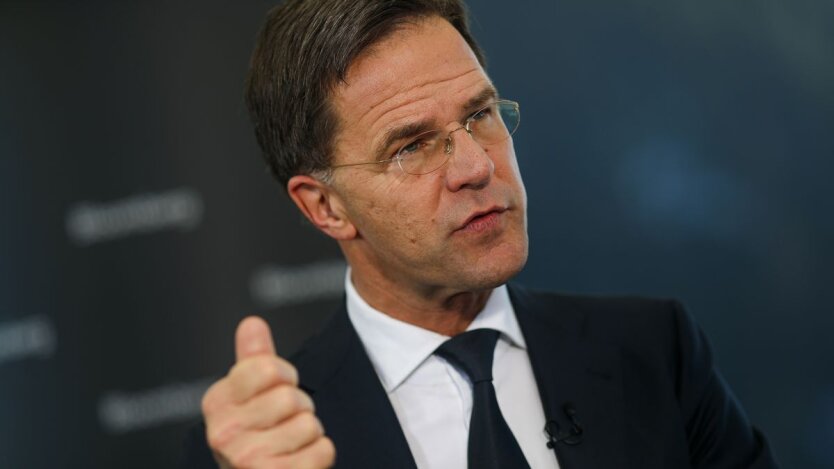Trade War: Trump Administration Prepares New Wave of Import Tariffs.


The trade advisors of U.S. President Donald Trump have completed the development of plans for reciprocal tariffs that the president promised to impose on countries that levy tariffs on American imports. This has raised concerns about the spreading global trade war.
White House officials are not yet disclosing the structure and timing for the new tariffs. One source reports that an announcement may be made later this week.
Trump stated he would implement reciprocal tariffs on U.S. goods
On February 10, Trump announced that he would impose retaliatory tariffs on all countries that charge tariffs on U.S. goods. He is also considering the possibility of imposing separate tariffs on cars, semiconductors, and pharmaceuticals.
Trade experts argue that the structure of the reciprocal tariffs that Trump wants presents significant difficulties for his team. This could explain why the latest tariffs were not announced on Tuesday.
Senior fellow at the Center for Strategic and International Studies, William Reinsch, stated that Trump’s officials could opt for a simpler fixed tariff rate of 10% or 20%, or a more complex approach with separate tariff rates for each country.
The reciprocal tariffs envisioned by Trump are expected to be a major initiative, as each country has different tariff rates.
Earlier, Trump shocked the markets with his decision to impose tariffs on all steel and aluminum imports starting March 12. These plans received condemnation from Mexico, Canada, and the European Union, while Japan and Australia requested exemptions from tariffs on their goods.
This news forced industries reliant on imported steel and aluminum to take measures to mitigate the expected rise in costs.
Last week, Trump implemented an additional 10% tariff on Chinese goods, which will take effect on February 4, and this week China will also impose retaliatory tariffs.
He also delayed the imposition of a 25% tariff on goods from Mexico and Canada by a month, until March 4, to negotiate measures for U.S. border security and to combat the supply of fentanyl.
Read also
- Drone Attack on Kyiv: Hits Recorded in Several Districts of the Capital
- Night Attack on Odesa: Occupants Hit Maternity Hospital
- Preparing for war to preserve peace: NATO Secretary General made a tough statement
- The intelligence service announced the start of the exchange of bodies of the deceased between Ukraine and the Russian Federation
- The Russians are trying to create a foothold for an offensive on Kostiantynivka
- The enemy has changed tactics in attacks in the Kupiansk direction










